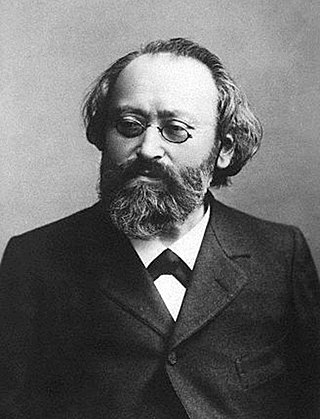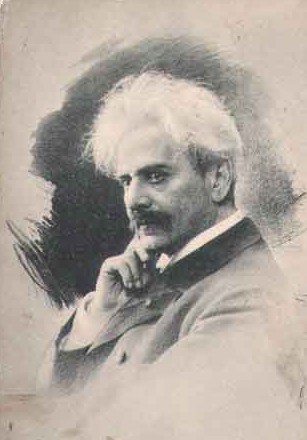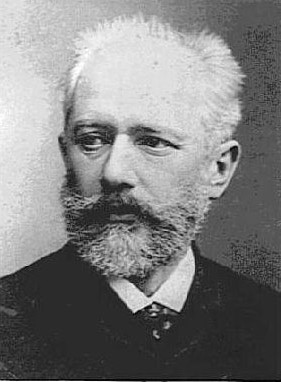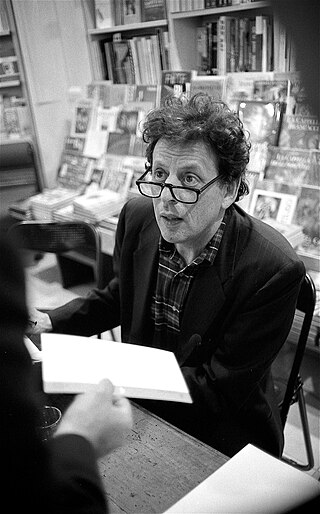Related Research Articles

The cello ( CHEL-oh), or violoncello ( VY-ə-lən-CHEL-oh, Italian pronunciation:[vjolonˈtʃɛllo]), is a bowed (sometimes plucked and occasionally hit) string instrument of the violin family. Its four strings are usually tuned in perfect fifths: from low to high, C2, G2, D3 and A3. The viola's four strings are each an octave higher. Music for the cello is generally written in the bass clef, with tenor clef, and treble clef used for higher-range passages.

The double bass, also known amongst other names as upright bass for distinguishing purposes, or simply as the bass, is the largest and, therefore, lowest-pitched chordophone in the modern symphony orchestra. Similar in structure to the cello, it has four, although occasionally five, strings.

The viola ( vee-OH-lə, Italian:[ˈvjɔːla,viˈɔːla]) is a string instrument that is bowed, plucked, or played with varying techniques. Slightly larger than a violin, it has a lower and deeper sound. Since the 18th century, it has been the middle or alto voice of the violin family, between the violin (which is tuned a perfect fifth higher) and the cello (which is tuned an octave lower). The strings from low to high are typically tuned to C3, G3, D4, and A4.

In music, a cadenza is, generically, an improvised or written-out ornamental passage played or sung by a soloist or soloists, usually in a "free" rhythmic style, and often allowing virtuosic display. During this time the accompaniment will rest, or sustain a note or chord. Thus an improvised cadenza is indicated in written notation by a fermata in all parts. A cadenza will usually occur over either the final or penultimate note in a piece, the lead-in, or the final or penultimate note in an important subsection of a piece. It can also be found before a final coda or ritornello.
A concerto is, from the late Baroque era, mostly understood as an instrumental composition, written for one or more soloists accompanied by an orchestra or other ensemble. The typical three-movement structure, a slow movement preceded and followed by fast movements, became a standard from the early 18th century.

Max Bruch was a German Romantic composer, violinist, teacher, and conductor who wrote more than 200 works, including three violin concertos, the first of which has become a prominent staple of the standard violin repertoire.

The Brandenburg Concertos by Johann Sebastian Bach are a collection of six instrumental works presented by Bach to Christian Ludwig, Margrave of Brandenburg-Schwedt, in 1721. The original French title is Six Concerts à plusieurs instruments, meaning "Six Concertos for several instruments". Some of the pieces feature several solo instruments in combination. They are widely regarded as some of the greatest orchestral compositions of the Baroque era.

David Popper was a Bohemian cellist and composer.
Sinfonia concertante is an orchestral work, normally in several movements, in which one or more solo instruments contrast with the full orchestra. It emerged as a musical form during the Classical period of Western music from the Baroque concerto grosso. Sinfonia concertante encompasses the symphony and the concerto genres, a concerto in that soloists are on prominent display, and a symphony in that the soloists are nonetheless discernibly a part of the total ensemble and not preeminent. Sinfonia concertante is the ancestor of the double and triple concerti of the Romantic period corresponding approximately to the 19th century.
Bernd Alois Zimmermann was a German composer. He is perhaps best known for his opera Die Soldaten, which is regarded as one of the most important German operas of the 20th century, after those of Berg. His eclectic music, which employs a wide range of techniques including dodecaphony and musical quotation, encompasses the styles of the avant-garde, serial, and postmodern.

The Cello Concerto of Pyotr Ilyich Tchaikovsky is a conjectural work based in part on a 60-bar fragment found on the back of the rough draft for the last movement of the composer's Sixth Symphony, the Pathétique. In 2006, Ukrainian composer and cellist Yuriy Leonovich completed the work.

The string section is composed of bowed instruments belonging to the violin family. It normally consists of first and second violins, violas, cellos, and double basses. It is the most numerous group in the standard orchestra. In discussions of the instrumentation of a musical work, the phrase "the strings" or "and strings" is used to indicate a string section as just defined. An orchestra consisting solely of a string section is called a string orchestra. Smaller string sections are sometimes used in jazz, pop, and rock music and in the pit orchestras of musical theatre.
A solo concerto is a musical form which features a single solo instrument with the melody line, accompanied by an orchestra. Traditionally, there are three movements in a solo concerto, consisting of a fast section, a slow and lyrical section, and then another fast section. However, there are many examples of concertos that do not conform to this plan.

The euphonium repertoire consists of solo literature and parts in band or, less commonly, orchestral music written for the euphonium. Since its invention in 1843, the euphonium has always had an important role in ensembles, but solo literature was slow to appear, consisting of only a handful of lighter solos until the 1960s. Since then, however, the breadth and depth of the solo euphonium repertoire has increased dramatically.

Martin Rummel is an Austrian cellist.

The Cello Concerto No. 1 was written by Philip Glass in 2001. It was one of the first concerti of the twenty-first century. The piece was commissioned by William and Rebecca Krueger, friends of both the cellist Julian Lloyd Webber and the conductor Yu Long in celebration of Lloyd Webber's 50th birthday and the first anniversary of Maestro Yu's China Philharmonic Orchestra. The work was premiered by Lloyd Webber with Long Yu conducting the China Philharmonic during the 2001 Beijing Music Festival, and attracted significant attention as the first time the work of a major western composer had its world premier in China. A typical performance takes about 30 minutes. The work is paired with the Concerto Fantasy for Two Timpanists and Orchestra as part of Glass' Concerto Project, a series of collected concerti by the composer. The cello concerto is among the most famous of Glass' works for a solo instrument.
Graham Whettam was an English post-romantic composer.
References
- ↑ Rummel, Martin; Leonovich, Yuriy. "Cello Concerto in C Major". David Popper. Martin Rummel. Retrieved 10 August 2023.
- ↑ Rummel, Martin; Leonovich, Yuriy. "Works". David Popper. Retrieved 10 August 2023.